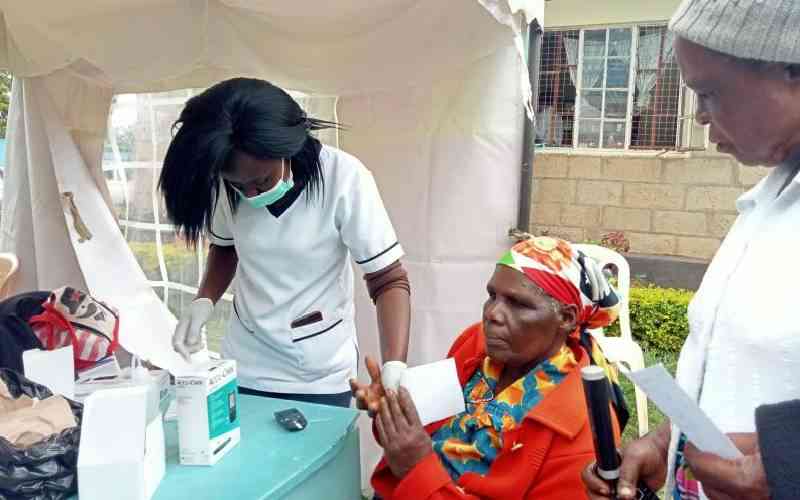
Many families in Kenya rue having a member suffering from diabetes mellitus as the costs of managing the condition from going for treatment, buying drugs and direct patient care perpetually eat into their wealth. The non-communicable disease poses a significant public health burden and is a challenge for health insurers who must identify ways to improve diabetes management, thereby controlling the dynamics of diabetes-related spending.
According to the World Health Organisation, the prevalence of diabetes in Kenya stands at 3.3 per cent and is projected to rise to 4.5 per cent by 2025, thanks to a rising middle-class that drives more, eats processed foods often and spends hours on end in binge parties.